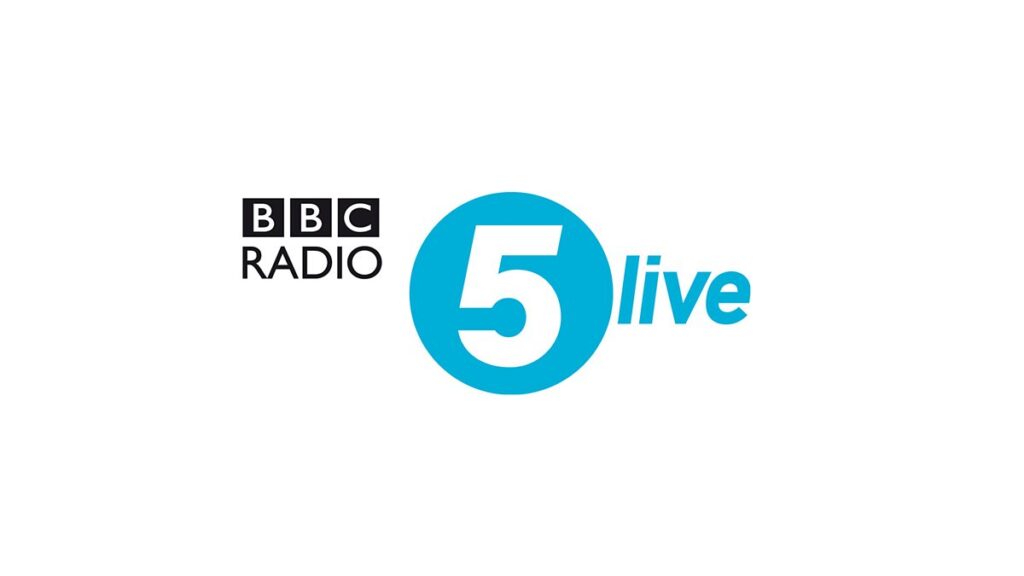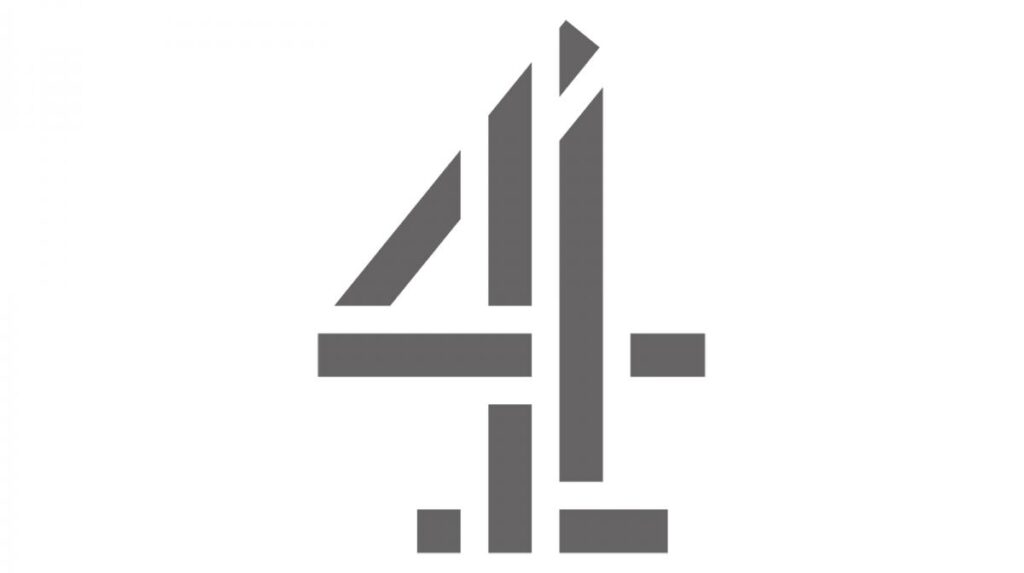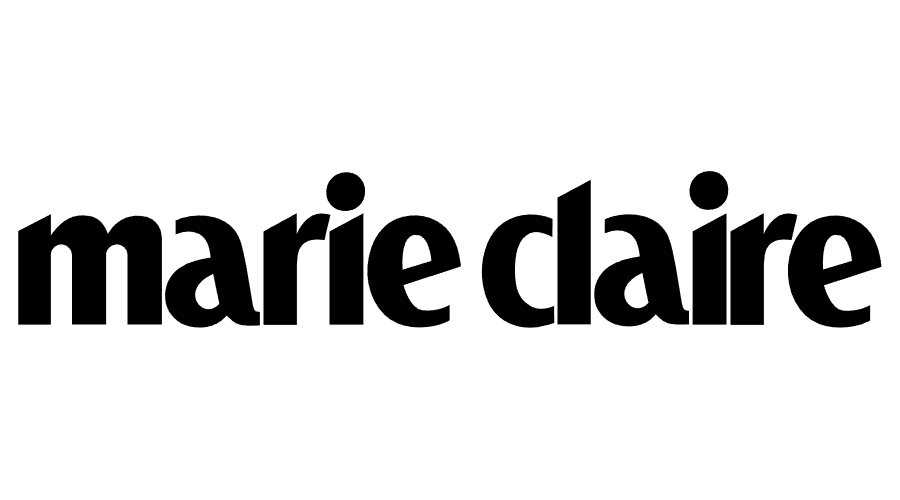As plastic reconstructive and aesthetic surgeons, we are often asked to perform skin reconstruction on a variety of different problems. Some of these may be following cancer/tumour surgery, some following trauma and some following complications of previous surgery.
Often the most important aspect is to get the wounds healed and get the patients back to their normal life. Longer term it is important for patients to have an aesthetic result so that their quality of life is not affected by the skin reconstruction.
Reconstructive techniques vary and in plastic surgery, the most basic reconstructive option is direct closure and/ or undermining of the skin. If the area to be closed is too large one can consider the use of local flaps or skin grafts. Very occasionally one can leave the wound to heal by secondary intention.
Skin Grafts In Skin Reconstruction
A skin graft is a technique of removing the skin from one area of the body and placing it on another. The blood supply to the graft develops over a number of days to weeks. Depending upon what is involved, skin grafts take the form of either full-thickness grafts or split-thickness.
Full-thickness skin grafts are whole pieces of skin and the site from where the graft is taken is closed directly leaving a scar in this area. They are commonly taken from behind the ear, the neck, the groin and the arm. Split-thickness skin grafts are usually taken from the thighs and are thin shavings of skin that leave behind them an area similar to a graze. This area heals by itself although can take a number of weeks.
A local flap is a piece of tissue that carries with it its own blood supply. One can utilize an area with excess skin and use it to move it into the area needing to be reconstructed. The area where the flap is taken from is stitched and the resultant scar can be placed in a way that will allow the resultant scar to be less visible. This is a method employed where it would be in the patients best interest not to remove any additional tissue. In a direct closure, it is almost always necessary to remove additional tissue. Although a straight scar is often preferable if this scar stretches due to the wound being under tension and stretched scar can end up being more of a problem both functionally and aesthetically.
In this section, there is a wide variety of procedures that have helped patients. No one patient has been treated in a similar way and every procedure is designed to give patients the optimal result. To find out more about skin reconstruction and reconstructive surgery, look at Gary Ross’s case studies.
























